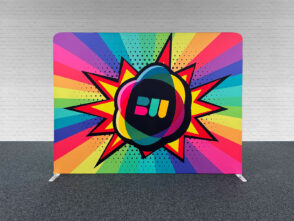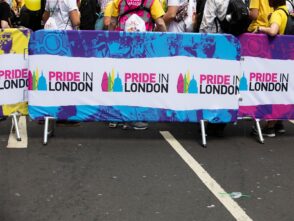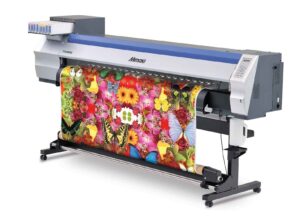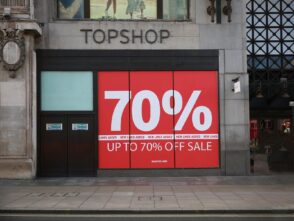From food and drinks manufacturers, to software companies, to airlines, businesses of all kinds harness the power of colour in their marketing material. The colour palettes that companies select can have a huge impact on the success of their branding. Each colour tends to evoke particular emotions and feelings in consumers, potentially attracting them to or putting them off a business.
Displayed on everything from banners and leaflets, to product packaging, websites and the exterior and interior of companies’ premises, corporate colours are an integral feature of branded materials. They are arguably so important that they can help to make or break a business’ image.
Highlighting the significance of colour in branding, a study published in the journal Management Decision found that people form their first impressions of products within 90 seconds, and colour alone contributes up to 90 percent of the information that helps them come to their opinions.
The psychology associated with specific colours
Research into the psychological effects of specific colours dates back as far as the late 19th century – but when it comes to driving sales, no one particular hue has been identified as being more successful than others. This is because people’s perception of colours is subjective. Variables such as personal preferences, context, cultural experiences and upbringing can all impact on the way particular colours make us feel, and in turn how this affects what we think of the businesses that use them. This means there is no one colour or set of colours that represents the holy grail to all marketers. What works best for your business will depend on a variety of factors, including the sort of company you are and the types of consumers you’re looking to attract.
However, certain colours are widely acknowledged to evoke particular responses in people. For example:
- Red is often seen as a highly evocative, powerful colour that is associated with energy, positivity and urgency.
- Blue is generally viewed as being suggestive of dependability. It is said to help instil a sense of trustworthiness and quality, and it can also be calming.
- Purple is said to elicit feelings of opulence and luxury.
- Green is thought to bring about a sense of peace and serenity, and is often associated with the natural world. It is also frequently used by brands to convey the idea of growth.
- Yellow is typically viewed as being cheery, helping to put across feelings of happiness and optimism.
- Black and white used in combination can help to convey a sense of professionalism and credibility.
Choosing colours that are considered appropriate for your brand
When you’re deciding on the best colours to represent your brand, it’s important to make sure you choose a palette that’s considered suitable for the type of company you are. Research published in the journal Marketing Theory revealed that many consumers assess how appropriate they consider colours to be for particular brands. If they perceive a hue to be incongruous with a brand, they may not respond to it as positively as they would if they believed the colour suited the company’s message.
So, what may be the perfect colour palette for one business might be completely unsuitable for a different type of company.
An infographic featured in Visual Capitalist noted that the popularity of branding colours differs between certain categories of business. For example, while red is a particularly popular choice among companies within the food industry, black is widely used by apparel and accessories companies, green is a common choice in real estate and blue is popular in software and programming.
When you’re deciding on your business’ colour palette, it’s essential to make sure you select hues that reflect your ethos and the type of organisation you are.
On the theme of business colour palettes, we’ve created an interactive quiz so that you can put your brand knowledge to the test. We chose 10 iconic brands to see if you could recognise the colours that feature in their marketing material. We also take a look at why these companies may have chosen the hues that dominate their branding.
Test your knowledge of some of the best-known brand colours















Leave a Reply
You must be logged in to post a comment.